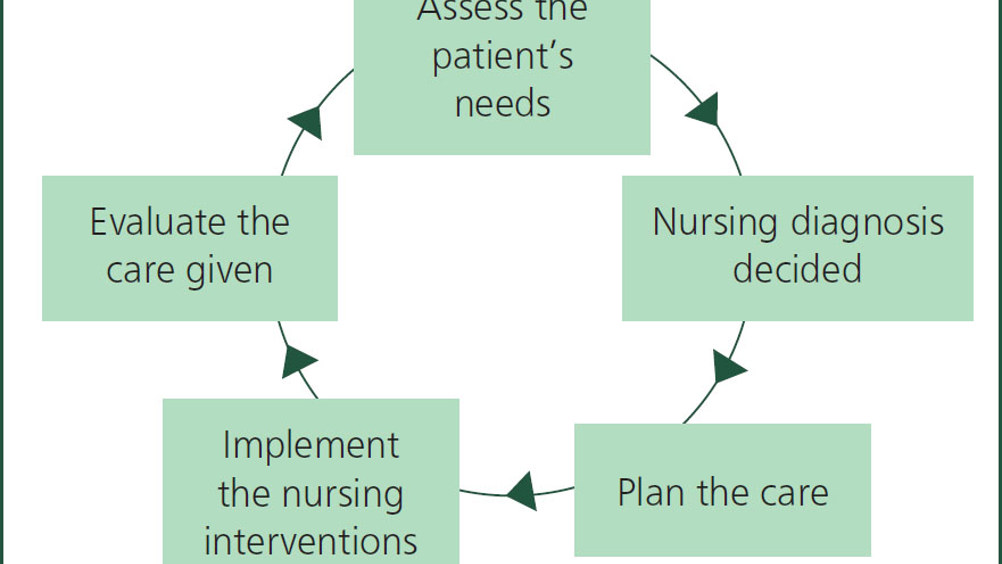References
An evaluation of Henderson's nursing needs model and how it can be adapted for use in veterinary nursing

Abstract
Henderson's nursing needs model is a nursing model of care that is used in human nursing. It is based on 14 fundamental needs that are said to involve every aspect of the patient. Henderson believes that if nursing interventions use these 14 fundamental needs as a framework, this will aid the patient in becoming independent again, which is the overall aim. However, as Henderson's model was intended for human use, there are aspects that are not appropriate for use in veterinary patients. Therefore, this article illustrates how it can be adapted for use in animals, using the nursing process as a structure.
A nursing model is a description of how to plan, systematically implement and evaluate nursing care (Jeffery, 2006). They are increasingly being introduced allowing veterinary nurses to develop their skills (Wager and Welsh, 2013) in implementing nursing care for veterinary patients, providing a more holistic approach, to ensure aspects of care are less likely to be overlooked. Nursing models ensure that nursing care is patient-orientated, rather than primarily focusing on their presenting problem (Jeffery, 2006). For example, the patient-orientated approach of a feline patient in heart failure would take into account their stress levels, which could have a negative impact on their condition compared with just focusing on their heart rate, pulse quality and respiratory rate. Care plans allow nurses to work towards clear goals, but also enable different healthcare professionals, such as veterinary surgeons and physiotherapists, to have a better understanding of how the patient is coping in the hospital as they can clearly see what nursing interventions are being carried out (Bowes, 2015).
Register now to continue reading
Thank you for visiting The Veterinary Nurse and reading some of our peer-reviewed content for veterinary professionals. To continue reading this article, please register today.

